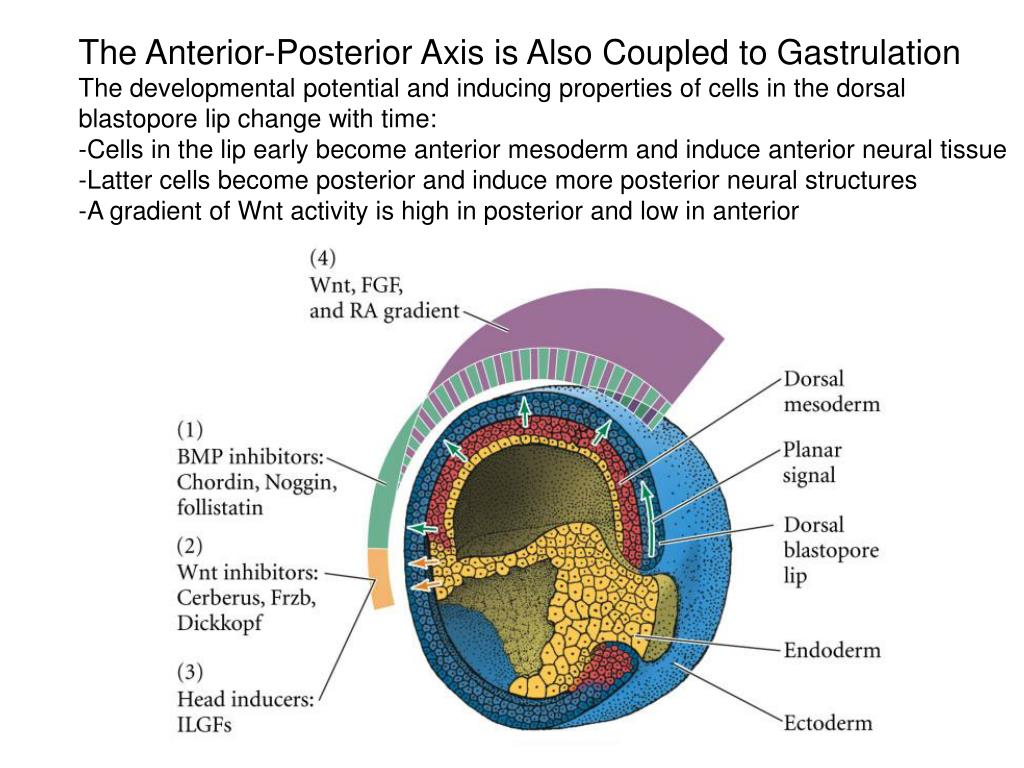

The event activating this highly conserved developmental program is referred to as symmetry breakage. Additionally, the paired-like homeodomain transcription factor pitx2 is induced downstream of Nodal and mediates, through less well-known target gene activation, the setup of asymmetric organ morphogenesis. Lefty antagonizes Nodal signaling, providing its temporal and spatial control. The secreted transforming growth factor beta (TGFβ) Nodal binds to its receptor which results in the activation of its own transcription and that of its negative feedback inhibitor lefty ( left-right determination factor), another secreted TGFβ superfamily member. In all vertebrate species examined so far, these asymmetries are under the control of the Nodal signaling cascade, which is only activated in the left lateral plate mesoderm before the first appearance of anatomical asymmetries. Most organs are positioned in a characteristic way in the thoracic and abdominal cavities. Vertebrates possess pronounced visceral asymmetries along their left-right (LR) body axis, although they belong to the large phylogenetic group of the Bilateria, which refers to their bilaterally symmetric outer appearance. Conclusionsīased on these results we argue that the anterior archenteron represents a bona fide LRO and propose that cilia-based symmetry breakage is a synapomorphy of the deuterostomes. Our data demonstrate that cilia - like in vertebrates - are required for asymmetric nodal induction in sea urchin embryos. Removal of cilia through brief high salt treatments resulted in aberrant patterns of nodal expression. High-speed videography revealed rotating cilia in the archenteron slightly before asymmetric nodal induction. Cilia were polarized to the posterior pole of cells, a prerequisite of directed flow. Expression of foxj1 and dnah9 suggested that archenteron cilia were motile. Cilia were found in the archenteron of embryos undergoing gastrulation. Here we study sea urchin embryos, which use nodal to establish larval LR asymmetry as well. Conservation of LRO and flow beyond the vertebrates has not been reported yet. In most vertebrates, asymmetric nodal induction results from a cilia-driven leftward fluid flow at the left-right organizer (LRO), a ciliated epithelium present during gastrula/neurula stages. In many cases, laterality is established by a conserved asymmetric Nodal signaling cascade during embryogenesis. Left-right (LR) organ asymmetries are a common feature of metazoan animals.


 0 kommentar(er)
0 kommentar(er)
